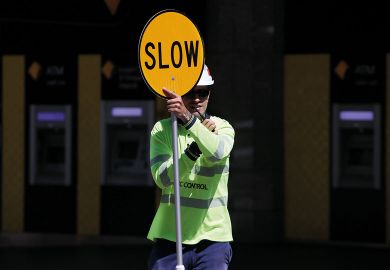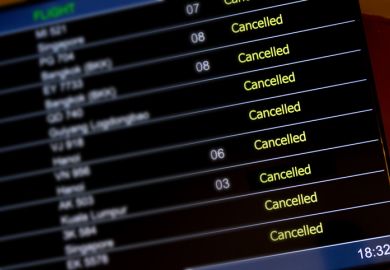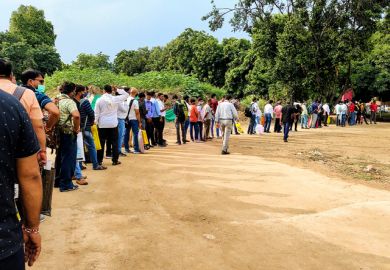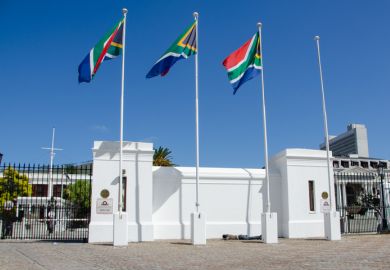Australia’s government has lost its bragging rights for fixing the massive visa processing delays of its predecessor, with accountability changes making the claim impossible to verify.
A year or so after its election in May 2022, the Labor administration said it was addressing the “legacy of mismanagement left by the previous government” including “an overwhelming visa backlog” and “long excessive waiting times”.
The migration strategy released last December was focused on “making the system work by being fast, efficient and fair”. Cabinet ministers said visa processing times had been slashed from 40 to 14 days for students and 11 to three days for vital regional workers.
However, according to a clearly flawed Department of Home Affairs (DHA) web page that tracks visa processing times, they have not changed at all for the past decade.
DHA said it had started revising the data on the web page six months ago. Its aim had been “to assist visa applicants to understand how long individual visa subclasses usually take to process in the context of the prevailing environment, following the reopening of Australia’s international borders and the government’s priority to reduce the visa backlogs”.
“Work is currently underway to update processing times that reflect finalisation numbers in accordance with the ministerial direction 107,” a spokesperson added.
The ministerial direction, issued in mid-December, instructed immigration officials to prioritise visa applications from people intending to study at “low-risk” institutions. Applications to study at other institutions, including the 18 universities currently rated as medium or high immigration risk, were to be put on the back burner.
Since then, vice-chancellors and agents have complained of significant processing delays affecting all universities, including low-risk ones. “Government slowdown/inaction on visa approvals – even for genuine students that were submitted well in timeframes required – is impacting all of us,” Australian National University international student recruitment boss Brendon Lutwyche complained in a LinkedIn post.
“Is it a migration cap by stealth? Can you imagine the outcry if the government suddenly told Rio Tinto their three iron ore carriers berthed in Gladstone port wouldn’t be able to depart with their product?”
Tertiary education consultant Claire Field said the “policy intent” of the migration strategy had been right, but its implementation had been flawed.
In particular, DHA appeared to have “moved ahead” of the government’s announcements and started refusing visas based on yet-to-be-announced criteria – a suspicion shared by other international education operators, who say universities are receiving unfavourable risk ratings because of factors beyond their control.
While DHA says visa applications are assessed against current legal requirements, visa applications for higher education study are being rejected at unprecedented rates.
Although grant rates for higher education visas have declined across the board, well over nine in 10 applications from many SouthEast Asian and East Asian countries – including the top source market of China – are nevertheless approved. But success rates from key South Asian and African countries are at all-time lows.
In December, officials rejected approximately one in four applications from India, one in two from Kenya and Nepal, three in four from Pakistan and four in five from Nigeria.
International education researcher Angela Lehmann, a China expert, said universities were being given mixed signals. “Obviously we need regulation…but it’s not helping to facilitate diversification.”
Ly Tran, an international education and engagement expert at Deakin University, said the delays and rejections were unfair on students and risked “diplomatic ramifications” – particularly in countries like India, where Australia’s government has vowed to strengthen educational ties by “supporting student mobility”.
“International students are seen as tradable commodities,” Professor Tran said. “Now they are also seen clearly as political tools.”
Register to continue
Why register?
- Registration is free and only takes a moment
- Once registered, you can read 3 articles a month
- Sign up for our newsletter
Subscribe
Or subscribe for unlimited access to:
- Unlimited access to news, views, insights & reviews
- Digital editions
- Digital access to THE’s university and college rankings analysis
Already registered or a current subscriber? Login










